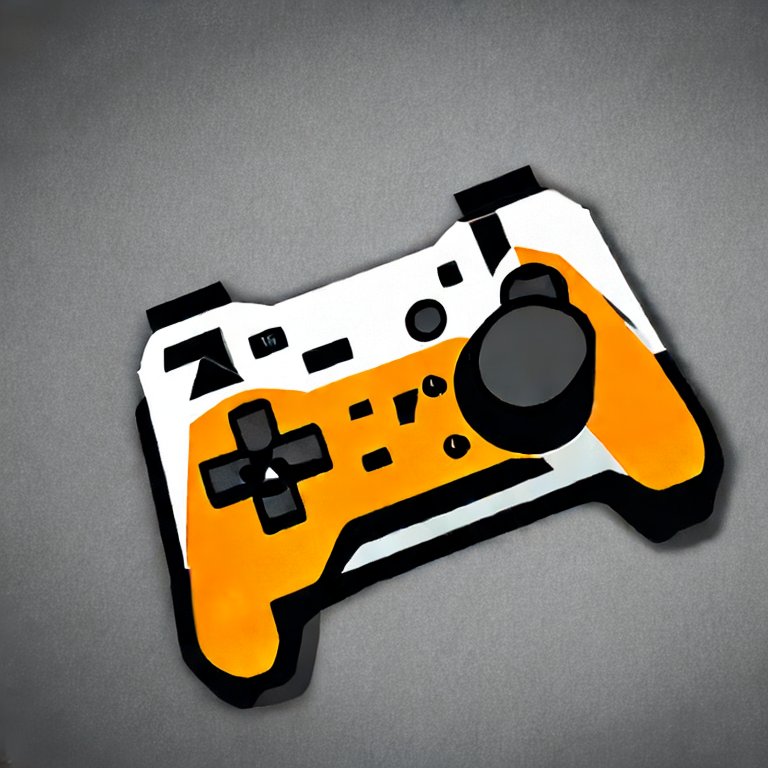

A big part of the reason that Republicans are more able to pass legislation is that smaller states have a larger impact than they should, based on their populations.
Each state has a number of members in the House of Representatives in proportion to their population - 52 for California. Each state has two members in the Senate, so CA has the same amount of power in the Senate as Wyoming, which has a population of under 600k to CA’s 39 million.
Beyond the impact on Congress, the sum of those counts determines the number of electoral votes a state has in presidential elections. So California has 54 electoral college votes.
If California split up into 12 different states, each would end up with 6 electoral votes. The total count in the House would decrease from 52 to 48, and some other state would get the remaining 4 (though even that could be avoided by just having some sub-states be large enough to get 5 Representatives) but the total count of Senators would increase from 2 to 24 and the total electoral vote count would increase from 54 to 72.
Many of the smallest US states are firmly red, which means Republicans don’t need as much popular support to make policy changes. This would help reverse that. Heck, if California went all the way and split into 65 states, each with the population of Wyoming, they’d end up with 195 electoral college votes.
I feel like the US would take over California again if that was the case.
I’m not sure how you think the US would take over CA again, or what the impact would be, if it continued to be part of the US and just split into several different states. Could you elaborate?









What’s been stopping them?